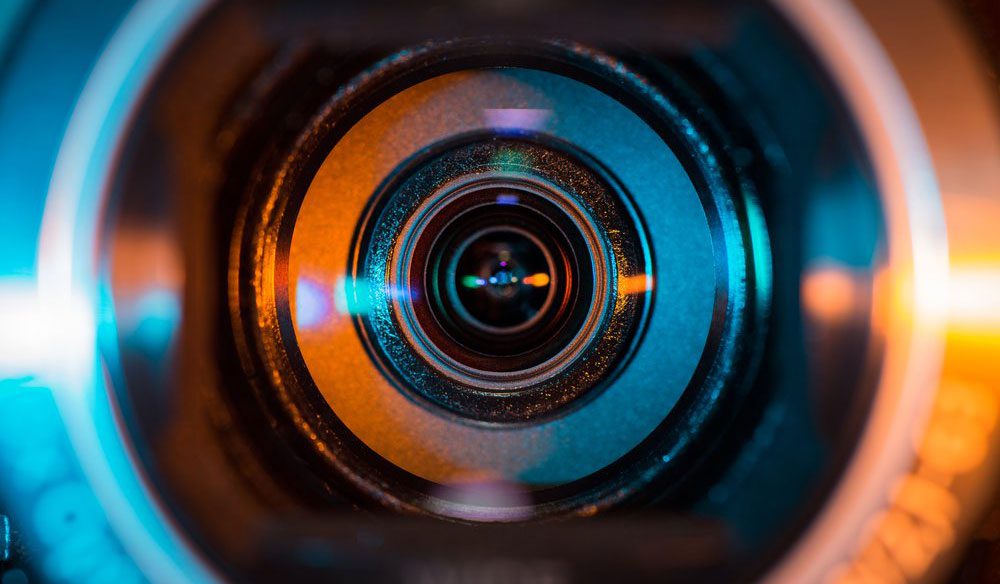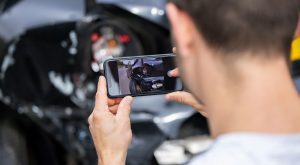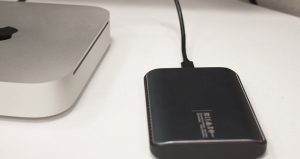
If you have been in an accident and have the ability to photograph (or ask someone else on the scene) the damage caused, don’t waste the opportunity to create a documentary trail that could be crucial evidence in the event you need to litigate.
Virtually every attorney will tell you to document your ideal in full, including keeping a journal and taking photographs throughout your ordeal. Photographs of any sustained injuries throughout various stages of progression (at the accident scene, at the hospital, after the hospital, and intermittently thereafter), including medical equipment you may be required to wear or use (such as sutures, braces, casts, orthopedic walking boots, bandages, etc.) can be helpful in establishing the validity and extent of your claim. These elements help bolster your claim and provide documented proof of your injury, and your subsequent pain and suffering.
 Especially helpful are photographs of your damaged automobile or motorcycle because they will clearly show the type of damage and its extent to your vehicle as well as the violent forces your body was subjected to in the collision. Photographs of the accident scene and of the other party’s damaged car or truck (including its license plates), can also be quite valuable to your claim.
Especially helpful are photographs of your damaged automobile or motorcycle because they will clearly show the type of damage and its extent to your vehicle as well as the violent forces your body was subjected to in the collision. Photographs of the accident scene and of the other party’s damaged car or truck (including its license plates), can also be quite valuable to your claim.
Give all copies of these photographs to the attorneys at Turner & Turner. Your photos, which we can present as exhibits to any liable parties, including insurance companies and other responsible parties to any subsequent lawsuit, will help in presenting a clearer understanding of the situation you have endured in its entirety.
If litigation becomes necessary, those photographs will help a mediator better understand the value of your claim; and, beyond that, your photographs can be used by a judge or jury to help bolster your case so an accurate decision and amount of compensation can be rendered.
BACKUP and MAKE COPIES
 Any documentation, including photos taken and stored on your phone, should be backed up to ensure nothing gets lost. Apps like Google Photos and Apple Photos can be configured to automatically sync your phone and store a copy of photos in a cloud storage site.
Any documentation, including photos taken and stored on your phone, should be backed up to ensure nothing gets lost. Apps like Google Photos and Apple Photos can be configured to automatically sync your phone and store a copy of photos in a cloud storage site.
Similarly, any memorializing you do, like keeping a journal and recounting the accident, or documenting your injuries and the process of healing, should be backed up. If it is electronic, store copies on a peripheral device like a thumb drive. Make a third backup onto a cloud server. Don’t rely on the storage of one source (your phone, computer, etc.), because accidents happen. Things break and items can get lost. Being redundant with your evidence ensures its availability.
